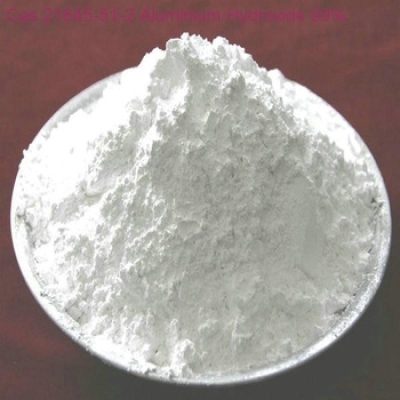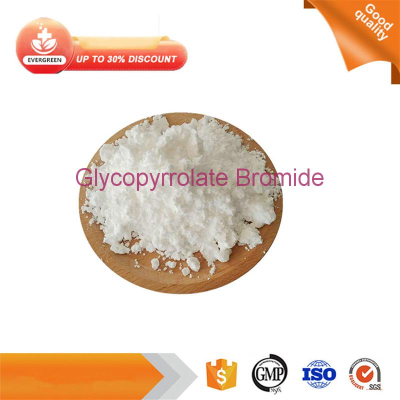-
Categories
-
Pharmaceutical Intermediates
-
Active Pharmaceutical Ingredients
-
Food Additives
- Industrial Coatings
- Agrochemicals
- Dyes and Pigments
- Surfactant
- Flavors and Fragrances
- Chemical Reagents
- Catalyst and Auxiliary
- Natural Products
- Inorganic Chemistry
-
Organic Chemistry
-
Biochemical Engineering
- Analytical Chemistry
- Cosmetic Ingredient
-
Pharmaceutical Intermediates
Promotion
ECHEMI Mall
Wholesale
Weekly Price
Exhibition
News
-
Trade Service
Apomorphine hydrochloride hemihydrate is a pharmaceutical drug used to treat Parkinson's disease and related conditions.
It is a powerful dopamine agonist, which means it stimulates the dopamine receptors in the brain to produce movement.
Safety is a critical consideration in the chemical industry, and it is especially important when dealing with pharmaceutical drugs.
Apomorphine hydrochloride hemihydrate is no exception, and extensive research has been conducted to ensure its safety.
One of the main safety concerns with apomorphine hydrochloride hemihydrate is its potential for abuse.
The drug can cause a sense of euphoria and can lead to addiction and dependence.
As such, it is classified as a controlled substance in many countries and is strictly monitored to prevent abuse.
Another safety concern with apomorphine hydrochloride hemihydrate is its potential for serious side effects.
The most common side effects include nausea, dizziness, and hypotension (low blood pressure).
In some cases, these side effects can be severe and may require medical intervention.
Other potential side effects include psychosis, hallucinations, and dyskinesia (involuntary movements).
These side effects are less common but can be serious and may require the use of other medications to manage them.
To ensure the safety of apomorphine hydrochloride hemihydrate, extensive testing is conducted before the drug is approved for use.
This includes preclinical testing in the laboratory and clinical trials in humans.
Preclinical testing involves a thorough evaluation of the drug's toxicity, pharmacology, and effective dose.
This is done using a variety of testing methods, including in vitro tests and animal studies.
Clinical trials involve the administration of the drug to humans to evaluate its safety and effectiveness.
These trials are conducted in phases, with each phase designed to assess different aspects of the drug's safety and efficacy.
In addition to the testing performed before the drug is approved, ongoing monitoring and surveillance is also conducted to ensure the safety of apomorphine hydrochloride hemihydrate.
This includes tracking any reports of adverse events and conducting periodic safety reviews.
Despite the extensive testing and monitoring that go into ensuring the safety of apomorphine hydrochloride hemihydrate, it is still possible for adverse events to occur.
In some cases, these events may be related to the drug itself, while in other cases they may be related to other factors, such as the patient's health or other medications they are taking.
To minimize the risk of adverse events, it is important for patients to follow their doctor's instructions regarding the use of apomorphine hydrochloride hemihydrate.
This includes taking the drug exactly as prescribed and reporting any side effects or adverse events to the doctor immediately.
In conclusion, apomorphine hydrochloride hemihydrate is a powerful dopamine agonist used to treat Parkinson's disease and related conditions.
While it can be effective in managing the symptoms of these conditions, it is a powerful drug and requires careful monitoring to ensure its safety.
Extensive testing and monitoring are conducted to ensure the safety of apomorphine hydrochloride hemihydrate, including preclinical testing, clinical trials, and ongoing monitoring.
Patients must also follow their doctor's instructions and report any side effects or adverse events to minimize the risk of adverse events.
Overall, apomorphine hydrochloride hemihydrate is a valuable tool in the treatment of Parkinson's disease and related conditions.
With proper use and monitoring, it can be an effective and safe treatment option for patients.







